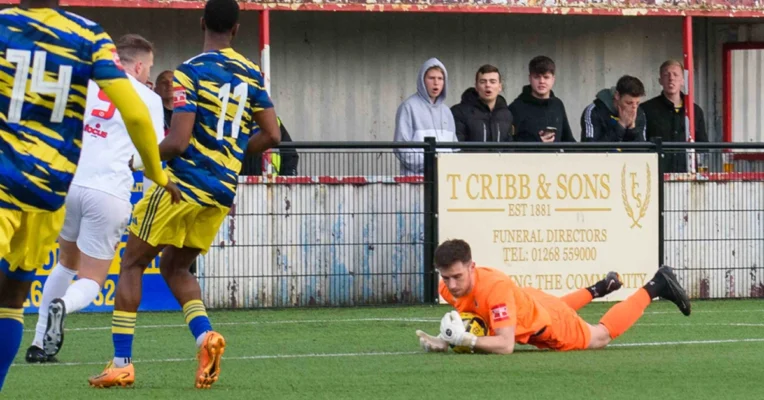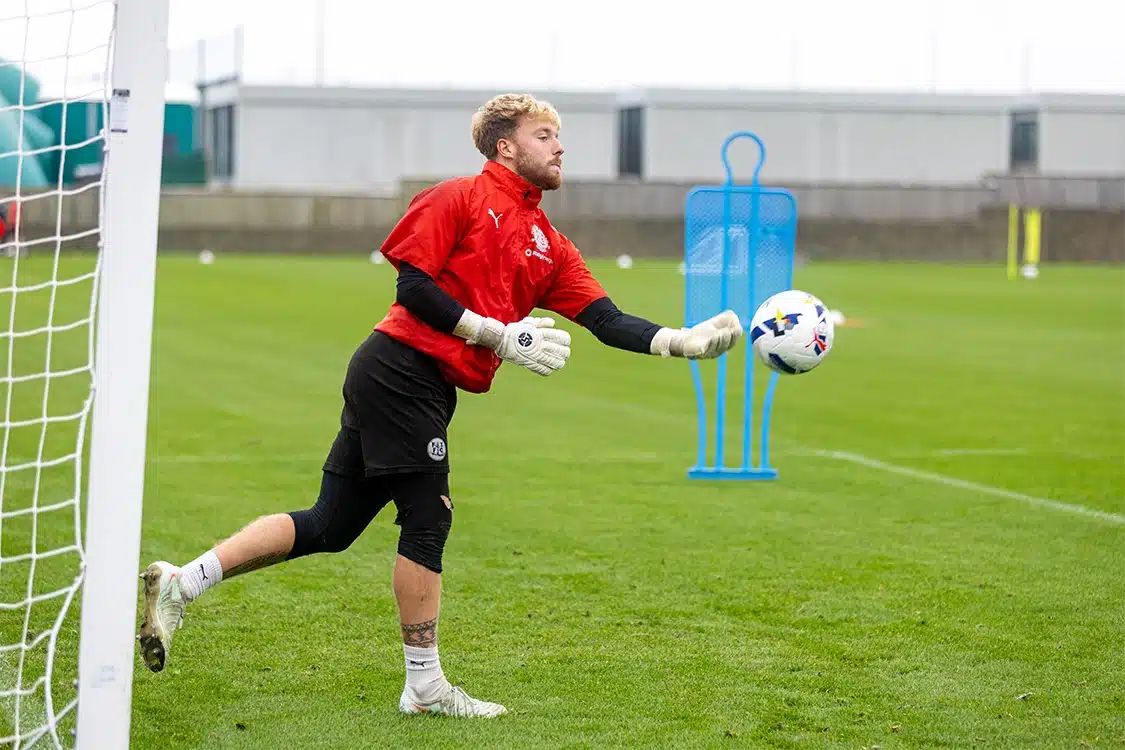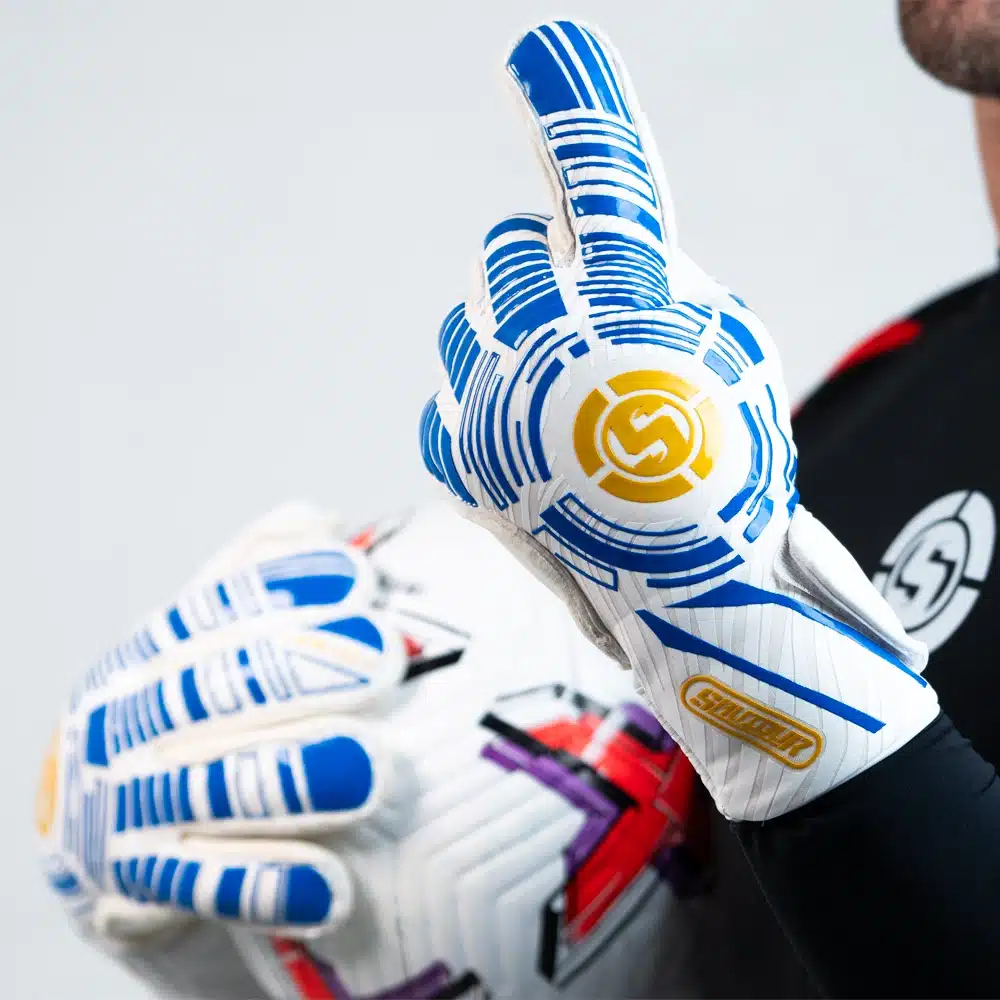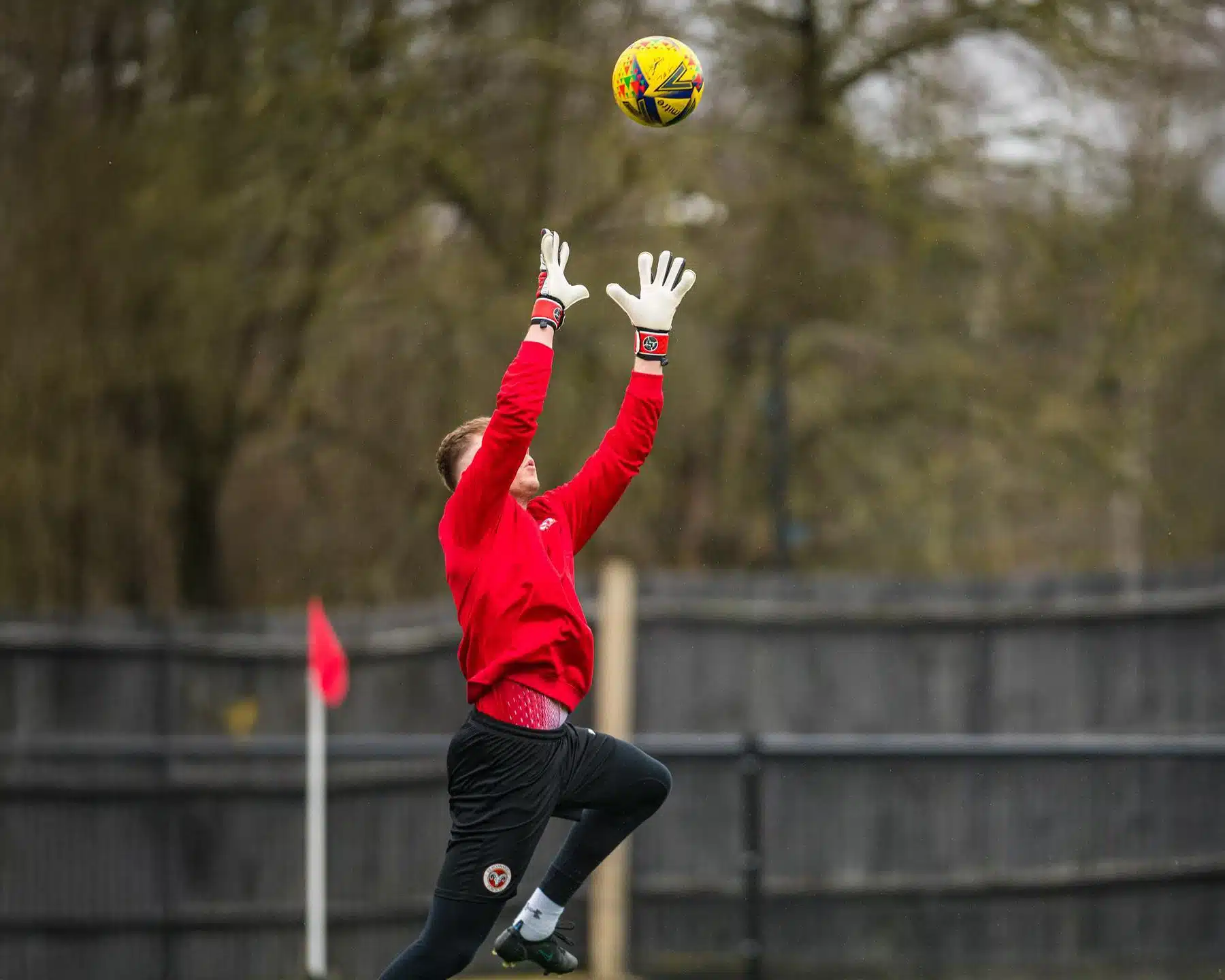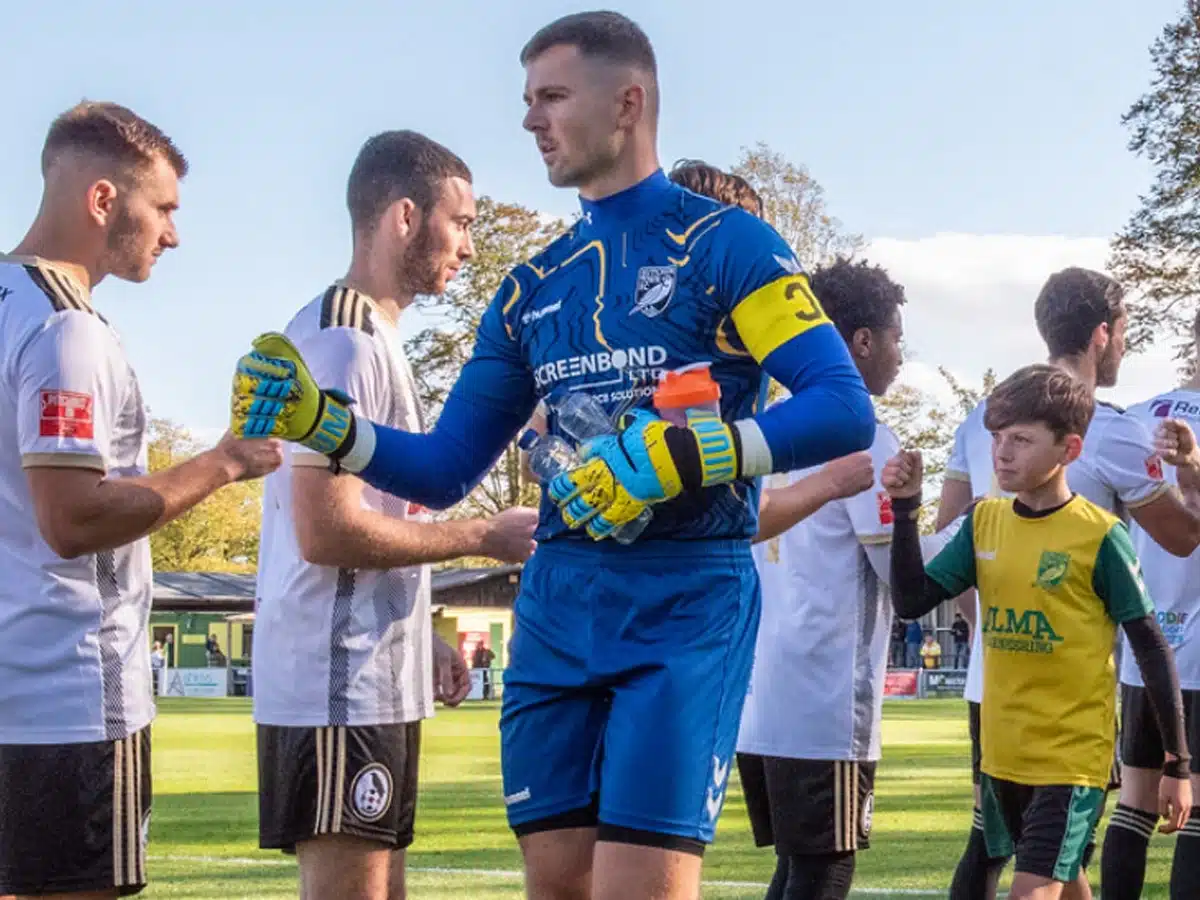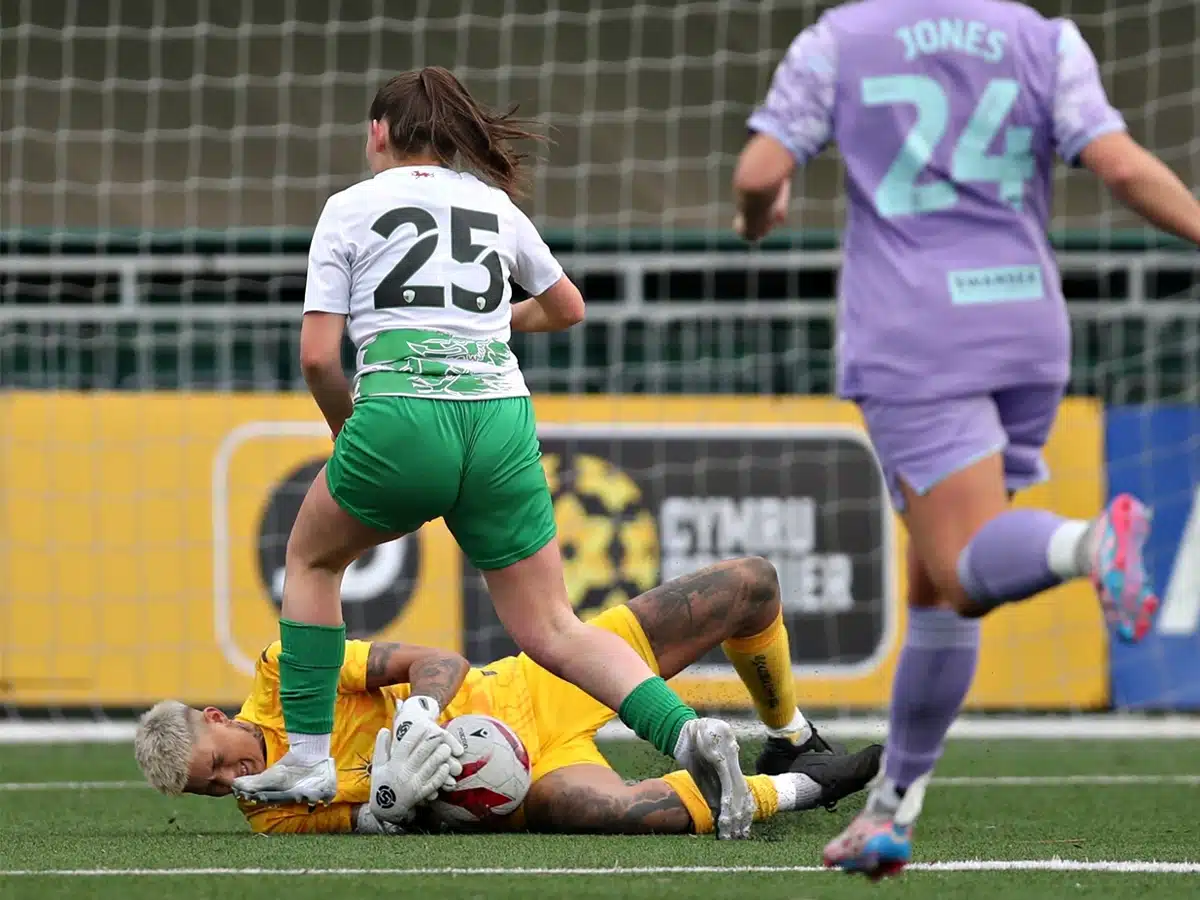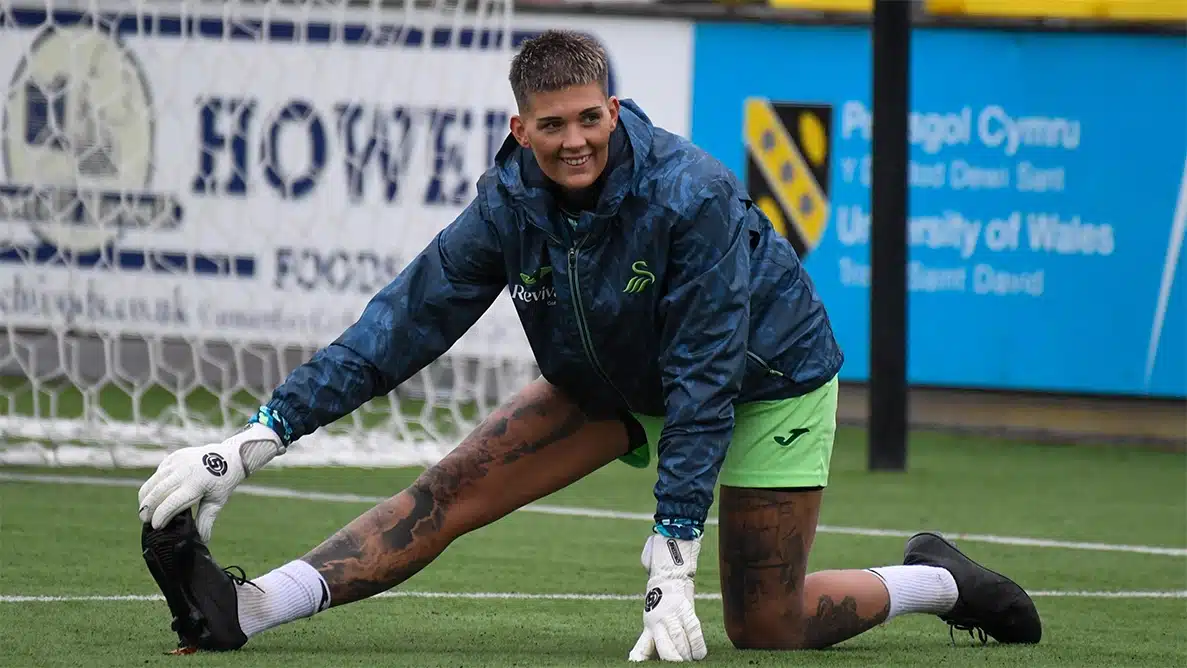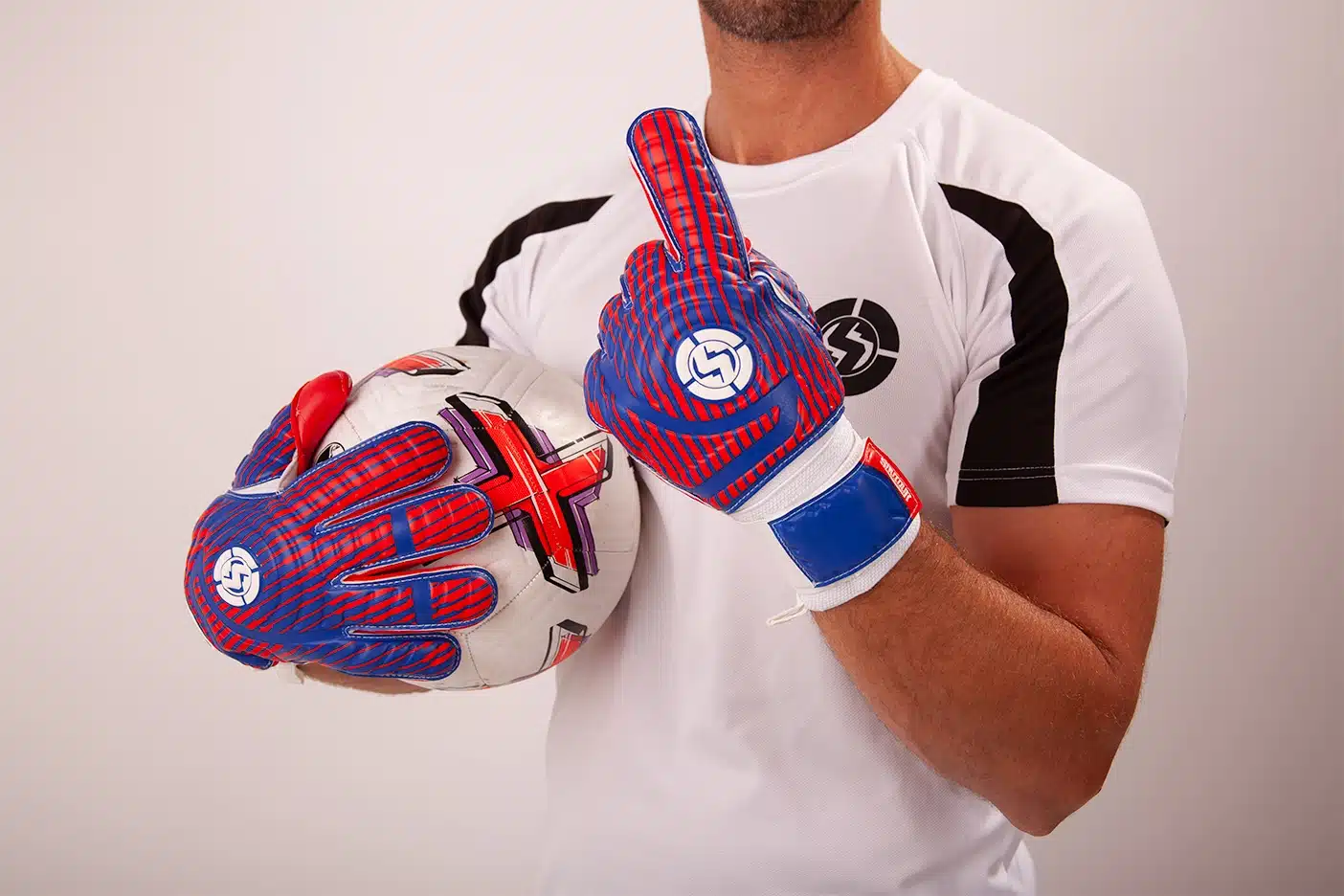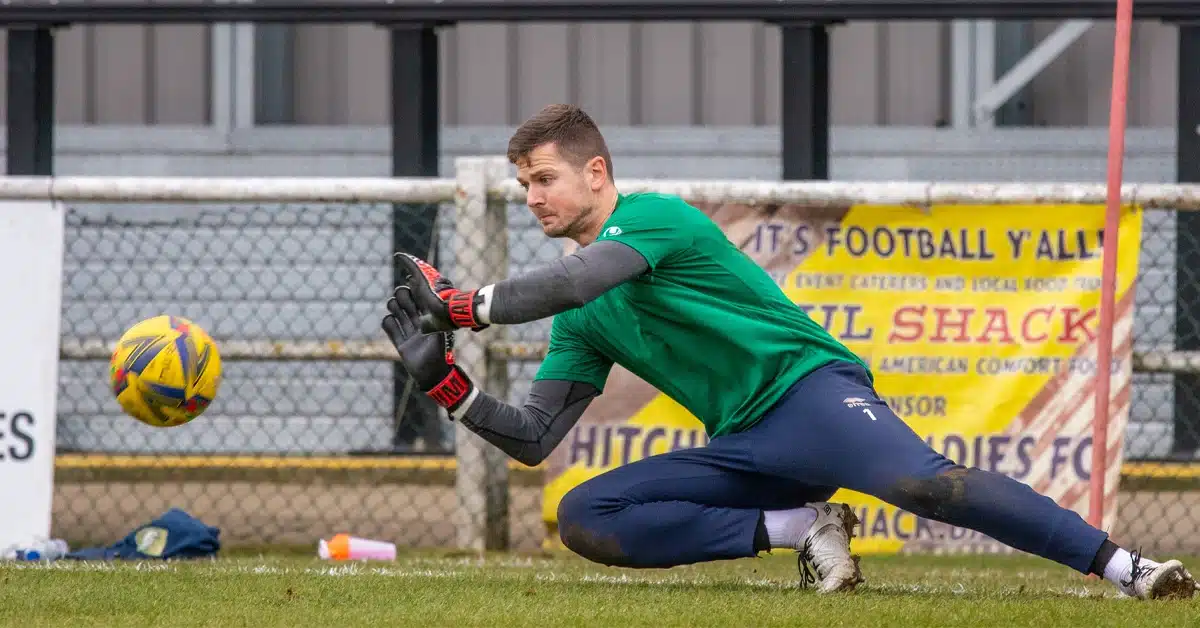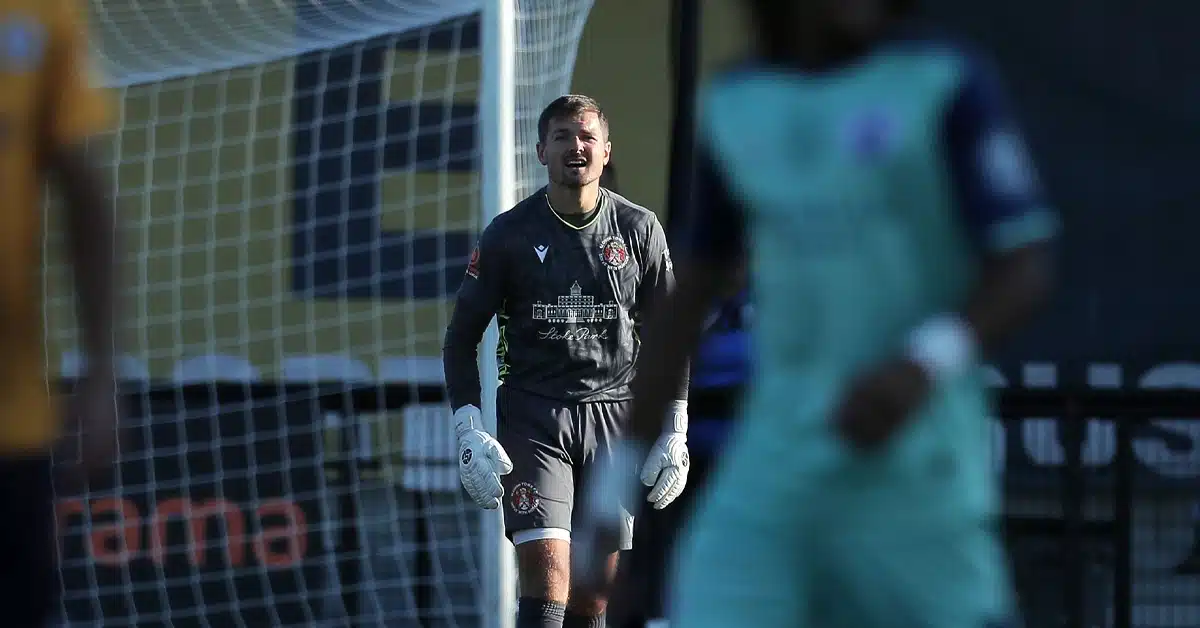Goalkeepers Catching or Punching? Making Better Goalkeeper Decision Making
In the realm of soccer, the role of the goalkeeper is critical and filled with split-second decisions: to catch or to parry the ball away. The debate on whether goalkeepers should catch everything or use other methods to defend the goal is an ongoing conversation among coaches, players, and fans alike. Here’s an exploration of the nuances that dictate a goalkeeper’s decision-making process during a game.
The Art of Goalkeeping: More Than Just Catches
Understanding the Dynamics
The primary responsibility of a goalkeeper is to prevent the ball from crossing the goal line, but the approach can vary based on numerous factors. While catching the ball is often viewed as the safest way to eliminate threats, it’s not always the best or feasible option. Factors such as ball speed, trajectory, weather conditions, and traffic in the penalty area can influence a goalkeeper’s decision to catch or deflect the ball.
Situational Awareness and Decision Making
A goalkeeper’s decision to catch or parry is largely influenced by their situational awareness and the immediate context of the play. For instance, in crowded penalty areas during corners or free kicks, attempting to catch the ball can lead to fumbles and unintended consequences. In such scenarios, punching or palming the ball to a safer area might be the more prudent choice.
Techniques for Effective Goalkeeping
Catching: The Ideal Scenario
The advantage of catching the ball is control. Securing possession not only prevents immediate threats but also allows the goalkeeper to set the pace of the game and organize the next play. However, successful catching requires excellent technique, anticipation, and hand-eye coordination, which are honed through rigorous training and experience.
Parrying: An Essential Skill
When catching is risky or impractical, parrying becomes an essential skill. The key to effective parrying is to direct the ball away from danger areas, ideally towards the side-lines or out of play. This technique minimizes the chances of the ball falling to an opponent’s feet and giving them another scoring opportunity.
Training for Versatility
Skill Development
Goalkeepers should train extensively in both catching and parrying to be adaptable and responsive to any game situation. Training should simulate a variety of scenarios, including shots from different angles, crosses, and high-pressure situations to improve decision-making skills and reaction times.
Physical and Mental Preparation
Besides technical skills, physical fitness and mental resilience play a significant role in a goalkeeper’s performance. Quick reflexes, agility, and strength are crucial for effective parrying and catching. Similarly, mental toughness is required to recover quickly from mistakes and to remain focused and confident regardless of the game’s pressures.
Conclusion: Balancing Act of Goalkeeping
In conclusion, while catching the ball is a fundamental skill for any goalkeeper, insisting that a goalkeeper should catch everything overlooks the complexities and dynamic nature of football. The best goalkeepers are those who can quickly assess the situation, understand their options, and choose the most effective technique to neutralize the threat. Whether it’s through catching or parrying, the ultimate goal remains the same: keep the ball out of the net and give your team the best chance to win.
FAQs: Mastering Modern Goalkeeping
Q: Is it always best for goalkeepers to catch the ball rather than deflecting it?
A: While catching can provide more control and security, deflecting might be necessary in situations where a catch could lead to a fumble or in cases of extremely powerful shots.
Q: How can a goalkeeper decide when to catch or deflect during a game?
A: Decision-making depends on multiple factors, including the speed and angle of the incoming shot, the goalkeeper’s positioning, and the immediate pressure from opponents.
Q: What skills can goalkeepers practice to improve their catching abilities?
A: Goalkeepers can enhance their catching skills through drills focusing on hand positioning, reaction times, and coordination exercises that simulate game scenarios.
Q: Are there specific types of catches that goalkeepers should master?
A: Yes, goalkeepers should be proficient with various catches like the basket catch for lower shots, the contour catch for shots at mid-height, and the high catch for aerial threats.
Q: What are some common mistakes goalkeepers make when trying to catch the ball?
A: Common mistakes include misjudging the trajectory of the ball, failing to secure a strong grip, and incorrect positioning of the hands and body, leading to dropped catches or rebounds.
SHOP SAVIOUR GK GOALKEEPER GLOVES
For more insights on goalkeeping essentials and to find your perfect pair of gloves, visit our Goalkeeper Glove Shop or for more in depth information check out our Glove Cut page, Size Guide, or Glove Care Section.
Other Relevant Article: What Makes a Modern Goalkeeper: Key Skills You Need to Master!


